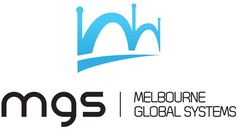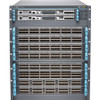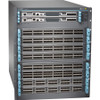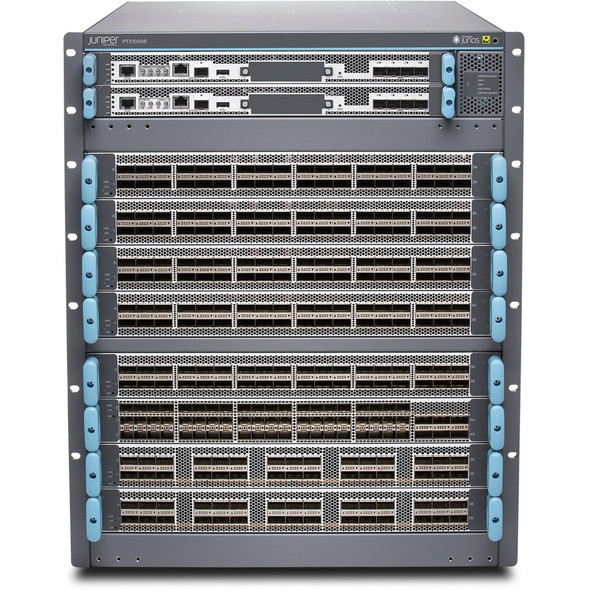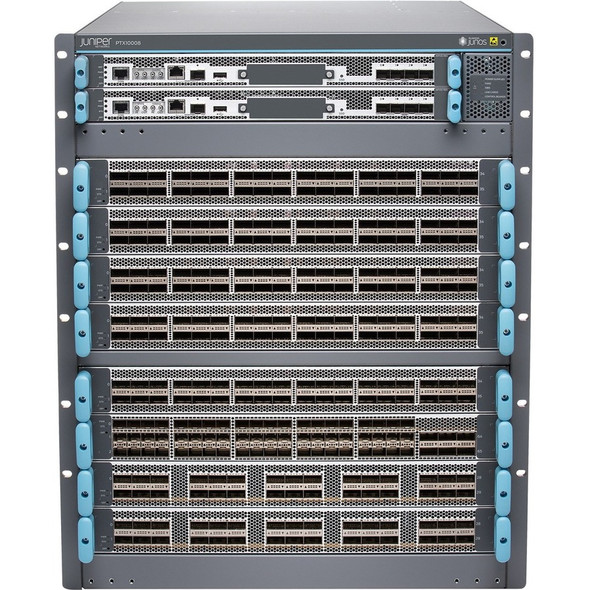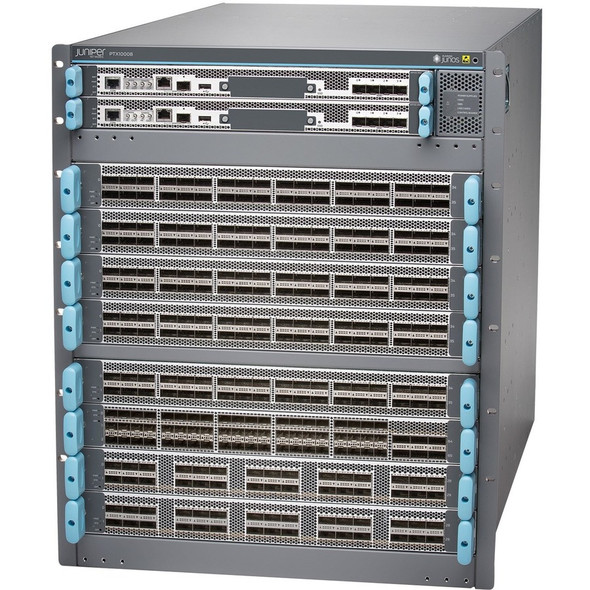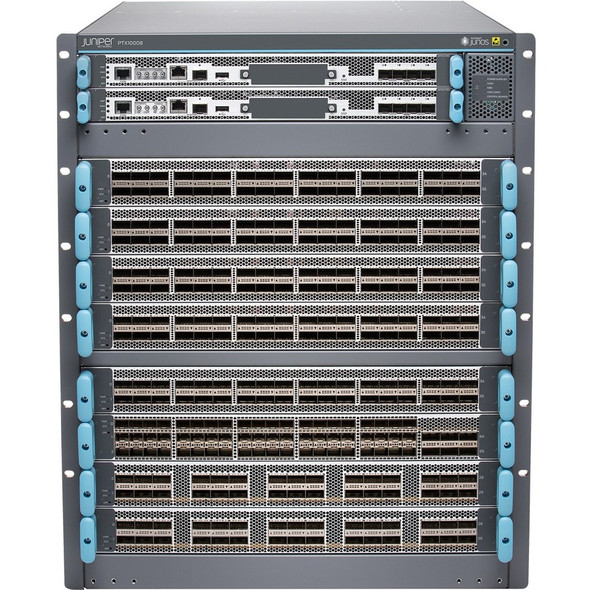Juniper
Juniper (PTX10008-PREM3) PTX10008 Redundant 8 slot chassis for 14.4T LC including 2 Routing Engines 6 A
- SKU:
- PTX10008-PREM3
- MPN:
- PTX10008PREM3
- Availability:
- On backorder. Usual lead time is 3 weeks. Contact Us for Availability
Description
| Description | |
| Manufacturer: | Juniper Networks, Inc |
| Manufacturer Website Address: | http://www.juniper.net |
| Brand Name: | Juniper |
| Product Line: | PTX10000 |
| Product Model: | PTX10008 |
| Product Name: | PTX10008 Router Chassis |
| Marketing Information: | Networks are facing exponential data growth and changing traffic patterns as applications move to clouds and data centers. Internet exchange providers, collocation facilities, and service providers of all types seek platforms that can evolve quickly to meet these changes while lowering operational costs. The PTX10008 and PTX10016 Packet Transport Routers are next-generation modular routers that redefine per-slot economics, enabling customers to do more with less while simplifying network design and reducing OpEx. The platforms share a common set of components and full feature sets, with various line cards available to satisfy specific core, edge routing, and switching applications. Product Description Network traffic today is predominately cloud access, mobile, and video applications. Data center and network operators must provide connectivity services that are low latency, low delay, and with video, provide consistent packet delay variation. The pace of application change, and the speed at which devices can process data, mean operators must be able to upgrade quickly as needs arise. Operators must have the flexibility to offer new services, adjust performance, or explore new opportunities quickly, with confidence that the new services will have sufficient capacity to sustain exponential growth. Competing with the ability to rapidly expand capacity is the need to reduce operational costs. Providers are under enormous pressure to lower margins and compete with new entrants and disruptors that do not have legacy networks to maintain. Among the challenges they face:
|
| Product Type: | Router Chassis |
| I/O Expansions | |
| Number of Total Expansion Slots: | 8 |
| Network & Communication | |
| Ethernet Technology: | 400 Gigabit Ethernet |
| Network Technology: |
|
| Power Description | |
| Redundant Power Supply Supported: | Yes |
| Power Consumption: | 17300 W |
| Physical Characteristics | |
| Compatible Rack Unit: | 13U |
| Form Factor: | Rack-mountable |
| Height: | 572.8 mm |
| Width: | 442 mm |
| Depth: | 889 mm |
| Weight (Approximate): | 270.34 kg |
